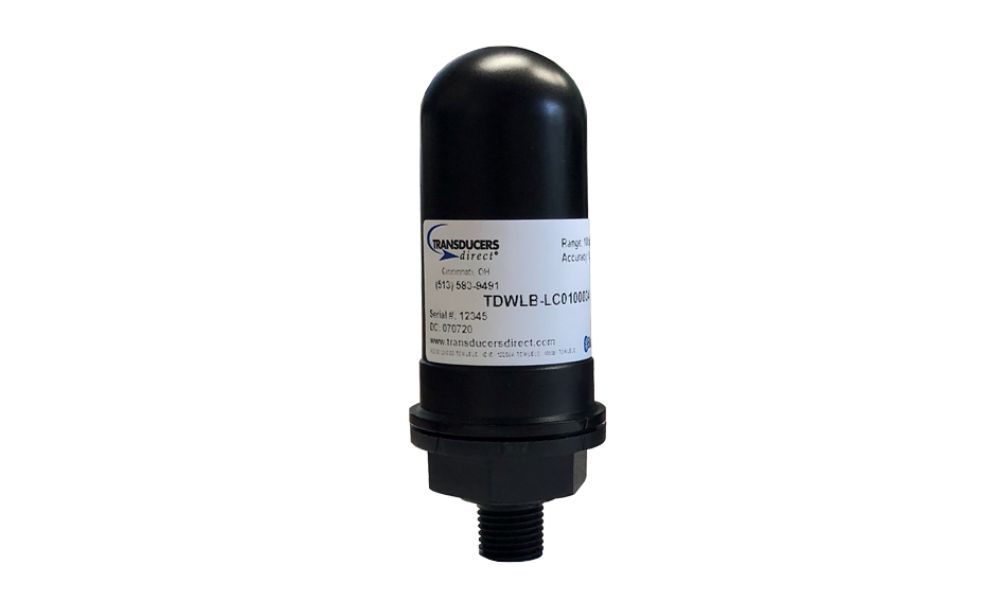Is Your Pressure Transducer Working Properly?

Pressure transducers play a pivotal role in numerous industrial applications as critical components in maintaining optimal operations. They convert pressure into an electrical signal, enabling precise measurements and control of various processes. However, despite their relatively simple design and straightforward functions, pressure transducers can experience complications. Learn some helpful troubleshooting tips to ensure your pressure transducer is working properly.
Understanding Normal Pressure Transducer Functions
A standard pressure transducer operates through a straightforward yet sophisticated process. When pressure is applied to the transducer, it produces an electrical resistance that changes proportionally to the pressure. This change in resistance then translates into an electrical signal, which can be measured and interpreted. This signal allows you to determine the exact pressure being exerted on the transducer. Understanding these normal functions provides you with a baseline for assessing the performance of a pressure transducer. By knowing what to expect under normal circumstances, you can better identify when something is amiss, thereby enabling timely troubleshooting and maintenance.
Troubleshooting Your Pressure Transducer
When your pressure transducer is not functioning as expected, there are several proactive steps you can take to identify and address the problem. Common issues, such as loose wiring, inaccurate pressure measurements, and reverse polarity, are often fixable with some basic troubleshooting. Start by examining the pressure transducer’s wiring connections. Loose or disconnected wires can cause inconsistent readings or even complete failure of the device. Ensure all connections are secure and that wires are in good condition. If you find any damaged wires, replace them immediately.
Next, check the accuracy of the pressure measurements. If they seem off, it might be due to a calibration error. To rectify this, refer to the manufacturer’s instructions and recalibrate the device. Lastly, reverse polarity can also lead to problems. This happens when the wires are connected incorrectly. Check the wiring diagram and ensure each wire is connected to the proper terminal. If you find any reverse polarity, correct it promptly to prevent damage to the transducer.
Recognizing Signs Your Pressure Transducer Is Faulty
Recognizing the signs of a faulty pressure transducer is key to maintaining operational efficiency. Certain issues with pressure transducers are not fixable and require replacement. A short circuit is a common sign of a failing transducer, which can cause erratic or inconsistent readings. Damaged wiring is another indicator, often leading to a complete failure of the device. Corrosion on the transducer’s body or connectors is a clear sign of damage, possibly caused by exposure to harsh environments or chemicals. Water ingress, where water has penetrated the device, can also lead to significant problems, including incorrect measurements or total failure. In some cases, the first sign of damage may not be visible to the eye but rather shows up as a small zero setting offset on the output signal. When you notice these issues, replacing your faulty transducer with sensing equipment from a reliable manufacturer is crucial to ensure accurate and reliable measurements.
Understanding how to troubleshoot your sensing equipment helps ensure your pressure transducer is working properly and efficiently. For further assistance with your specific wired or wireless pressure transducer, please get in touch with our friendly team at Transducers Direct today!



Leave A Comment